Name Chupícuaro | INAH Official Page Not available | |
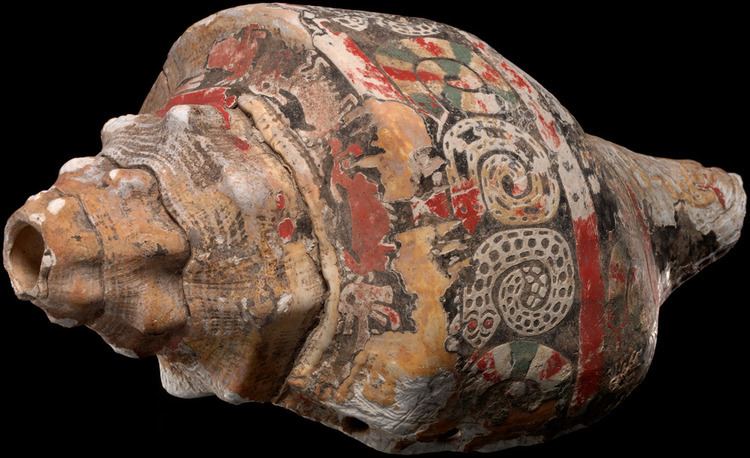 | ||
Period Preclassical Mesoamercian Period | ||
La cultura chup cuaro
Chupícuaro is an important prehispanic archeological site from the late preclassical or formative period; located in the northern mesoamerican border, west of the Mexican Plateau, it is on hills nearby the Lerma River and its tributary Coroneo or Tiger River; currently most part is under water by the Solis dam, just 7 kilometers from Acámbaro, in the Guanajuato State, México.
Contents
- La cultura chup cuaro
- Cultura chup cuaro arq leonardo amezcua
- Etymology
- History
- Site
- Chupcuaro culture
- Regional cultures
- Late Preclassical or Formative
- Ceramic
- Burials
- References
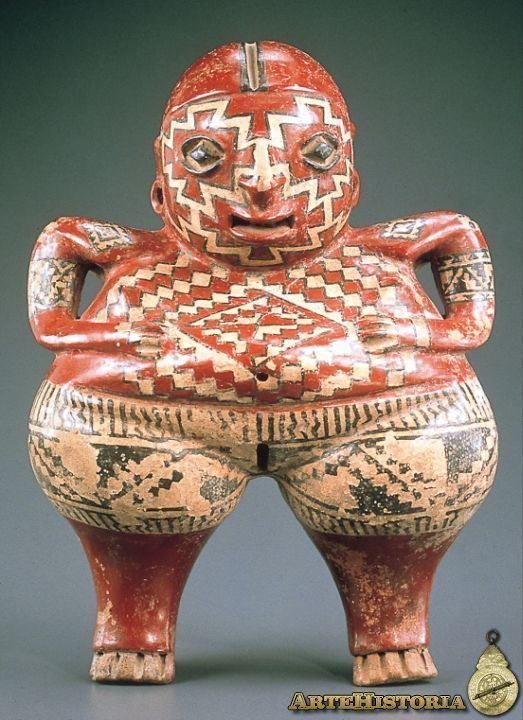
Cultura chup cuaro arq leonardo amezcua
Etymology
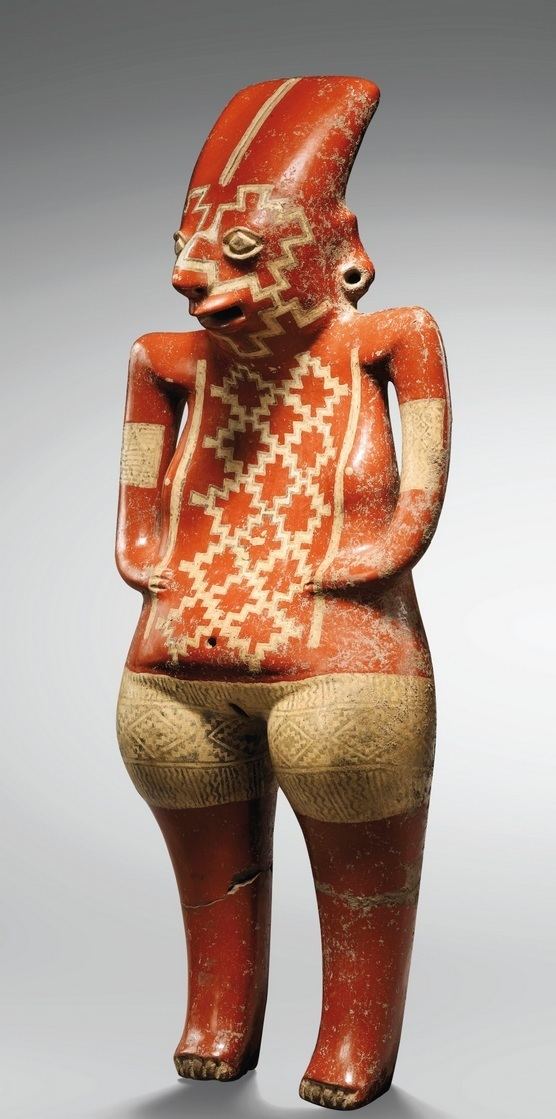
The name Chupícuaro derives from the Purépecha language word "chupicua" name of the "Ipomoea" plant, used to tint blue, and the term "ro" place or that is, which can be translated as "blue place".
History
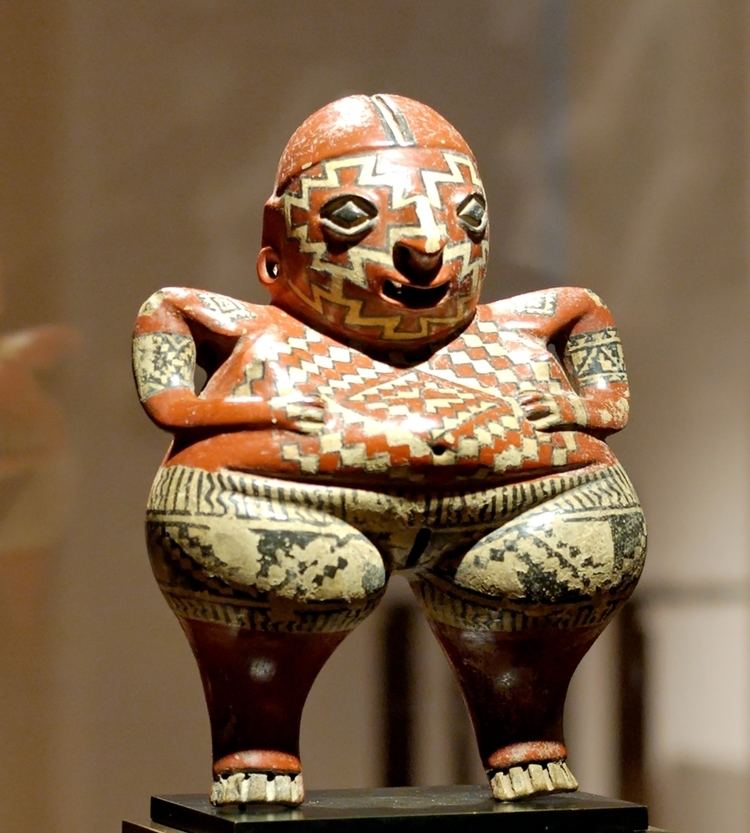
This prehispanic archaeological site located on the banks of the Lerma River, between the present-day cities of Acámbaro and Tarandacuao in the State of Guanajuato, Mexico. Little is known about the history of this site, and it was not until 1946, due to a dam construction, that the first explorations were performed, discovering pottery objects and tombs. The place is currently below dam water, although there are surrounding areas still being explored.
Chichimec nomad groups (guamares y guachichiles) arrived from the current day San Luis Potosí state.

These groups settled in a large village comprising huts built over platforms coated with mud and stone. They grew corn, beans and squash, on the banks of the Lerma River and its tributaries. By the existence of metals and stone molcajetes (used to grind corn), it is inferred the probably planted chili and wild tomatoes. It is also known they were hunters-fishers-gathers.
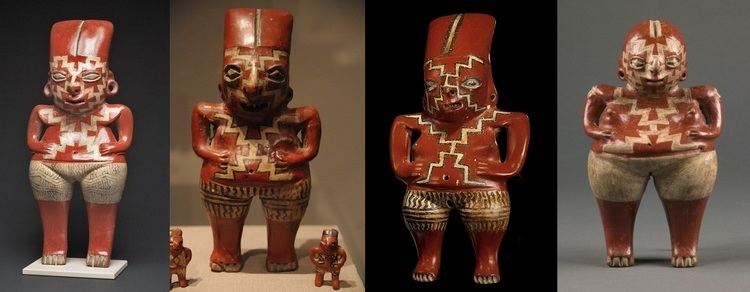
According to several authors, it is believed that this settlement developed between 500 BCE and 300 CE. The first inhabitants of this area were hunter-gatherers and lived along the river, eventually developed agricultural knowledge.
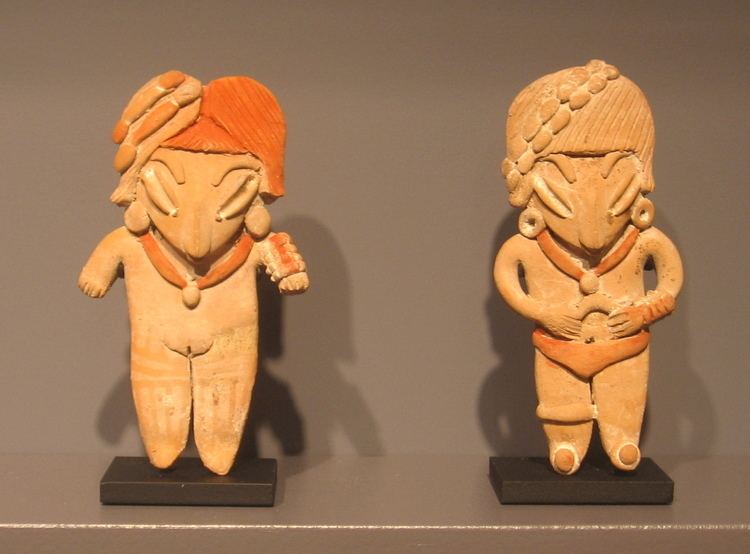
In 2013 the level of the water behind the dam in Chupicuaro was lowered for a couple of days. Archeologists brought the towers from the old church to the town of Nuevo Chupicuaro in Guanajuato — the town founded in 1946 after the townspeople of the original town of Chupicuaro had to move out following the construction of the dam.
Site
From type evidence, its development has been established between 500 BCE and 300 CE, although some scientists suggest an older development, as far back as 800 BCE.
Ibarrilla, an unexcavated site in Leon, Guanajuato, is seen as part of the Chupicuaro complex. This archaeological site is potentially one of the most extensive and important of the country according to one author. There are thought to be more than a dozen pyramids built on an oval basement. Only one has been partially explored, various flint stone objects, figurines and pottery were found.
The rest of the structures remain to be explored. There are tombs, altars and other scattered remains in an estimated 500 m2 area.
Chupícuaro culture
This culture is important due to the influence it had in the area. It is possible it spread to southern United States, 500 BCE. There are theories that the first Guanajuato inhabitants belonged to this culture.
Ceramics of this culture is earlier than the classical mesoamerican period, includes angular figurines with geometric shapes. The Acámbaro museum exhibit pieces from the Purépecha, Mazahua, and Otomi cultures.
Apparently the Chupícuaro culture developed in a vast territory, or it was defined as Chupícuaro style or tradition (Beatriz Braniff) in, Guanajuato, Michoacán, Guerrero, Mexico State, Hidalgo, Colima, Nayarit, Querétaro and Zacatecas. It is estimated that Chupícuaro facilitated the northward expansion of Mesoamerican elements (cultural roots of western Mexico and perhaps Northwest, comparable with the Olmec culture throughout Mesoamerica (Jiménez Moreno, 1959: 1043).)
Chupícuaro had an important cultural development and expansion of its style in distant areas from the diffusing center and influenced ceramic traditions, which lasted until the end of the classical period, and even into the Postclassical, as seen in Purépecha Michoacán ceramic.
At the end of 1985, at the first prehispanic societies meeting, in relation to the Chupícuaro culture it was noted, that Chupícuaro tradition ceramics manufacturing groups, should be considered part of Mesoamerican stratified societies, with a definite political and territorial structure and not as isolated village societies, lacking ceremonial centers and architecture. From that first impulse, subsequent social groups presented own cultural expressions, at regional level in the Mesoamerican context.(Crespo, et al., 1988:259).
Regional cultures
The Acámbaro region had five Prehispanic cultures:
Source: Archaeology Hall, Acámbaro Local Museum, Guanajuato, 2001.
Late Preclassical or Formative
The Olmec culture decline formed the origin of the "Late Preclassical" period (400 BCE - 150 CE). It was a cultural diversification period, and assimilation of Olmec elements in cultural systems. That base was the origin of several of the most important mesoamerican traditions. However, Cuicuilco in the South of the Valley of Mexico, and the Chupícuaro, are the most important. The first was to become the largest city in Mesoamerica and main ceremonial center of the Valley Mexico; maintained relations with Chupícuaro. The decline of Cuicuilco is parallel to the emergence of Teotihuacán, and consumed with the eruption of the Xitle volcano ("circa" 150 CE), which led to settlers migration from Valley of Mexico going north. Chupícuaro culture is known for its ceramic production, traces are detected by a wide area located in the Bajío and the lake basin.
Ceramic
Chupícuaro was a major ceramic center, recognized as one of the best in Mesoamerica by the fine ceramic finishing and decoration, which were developed in multiple shapes and colors, some with geometrical drawings. The motifs were deities, maternity, breastfeeding, people and its ornaments, animals and plants.
Ceramics included multiple monochromatic forms and a variety of three-color polychrome (red, beige and black) with pyramidal geometrical drawings or zig-zag. Clay figurines used “pastillaje” techniques and made hollow figures. Shell, bone and stone were used.
From study of ceramic styles, the clothing used is inferred, they painted their faces and bodies, wore sandals, truss, necklaces, earflaps, and earrings. Women wore elaborate hairstyles.
Burials
Chupícuaro inhabitants practiced a cult of the dead characterized by tombs where they placed trophy skulls, Obsidian arrowheads, metates, figurines, earflaps, shell ornaments, necklaces and beads, bone artifacts and musical instruments, these were found during excavations around 1950.
The many burials and offerings provide knowledge of the way of life of the ancient Chupícuaro inhabitants, it is inferred that they were farmers who lived in huts built from perishable materials forming a good extended rural village, built low platforms with clay floors, sometimes grouped together, over which their houses were built. They harvested corn, beans and pumpkin.(pineapple CHAN, 1967: 263).
